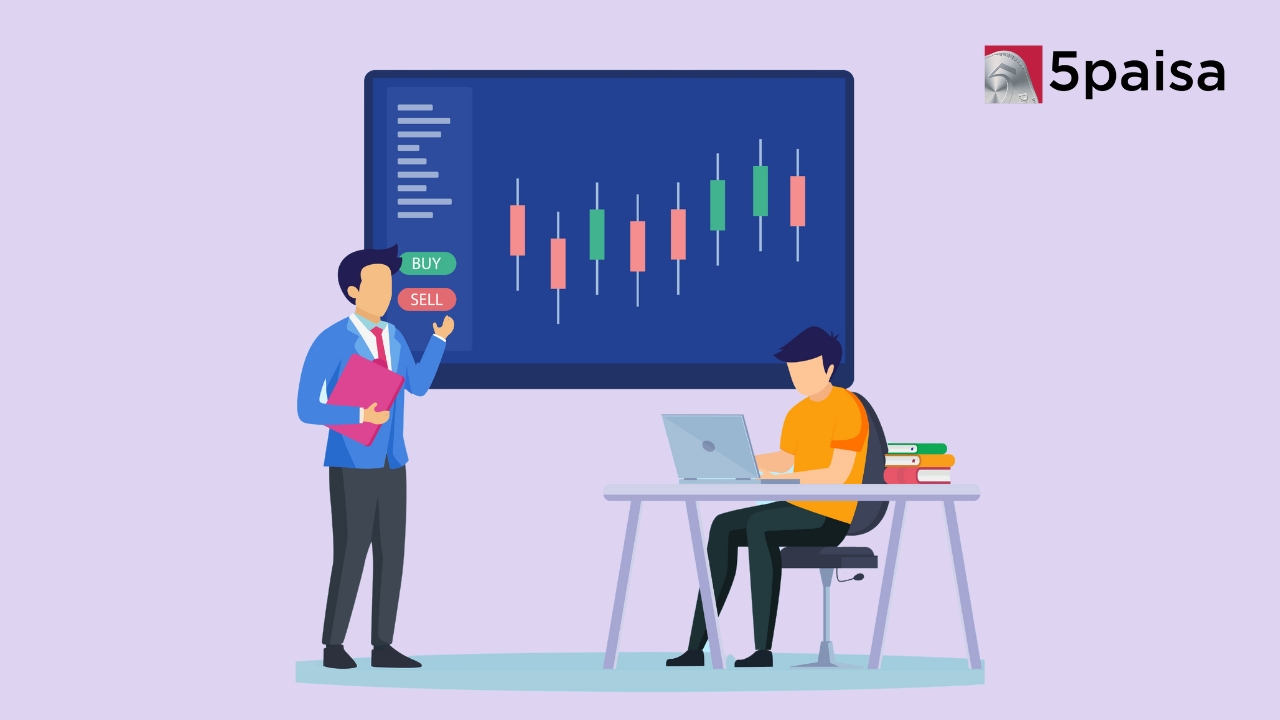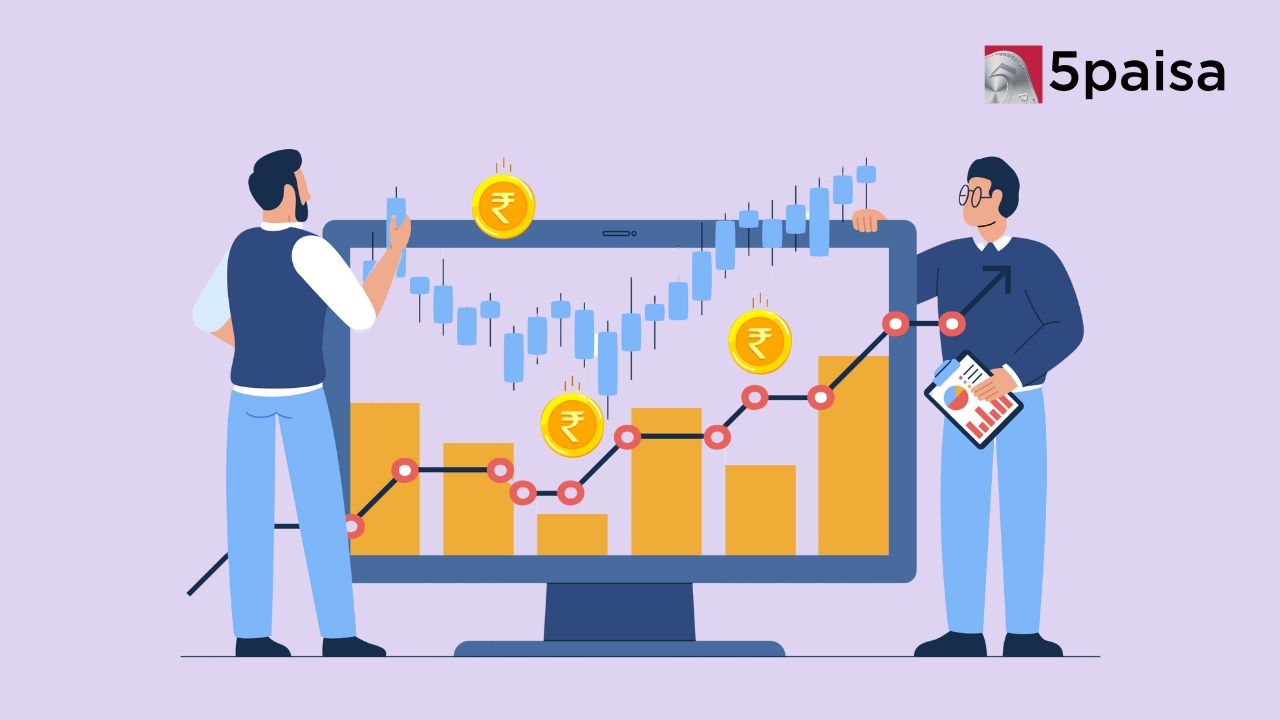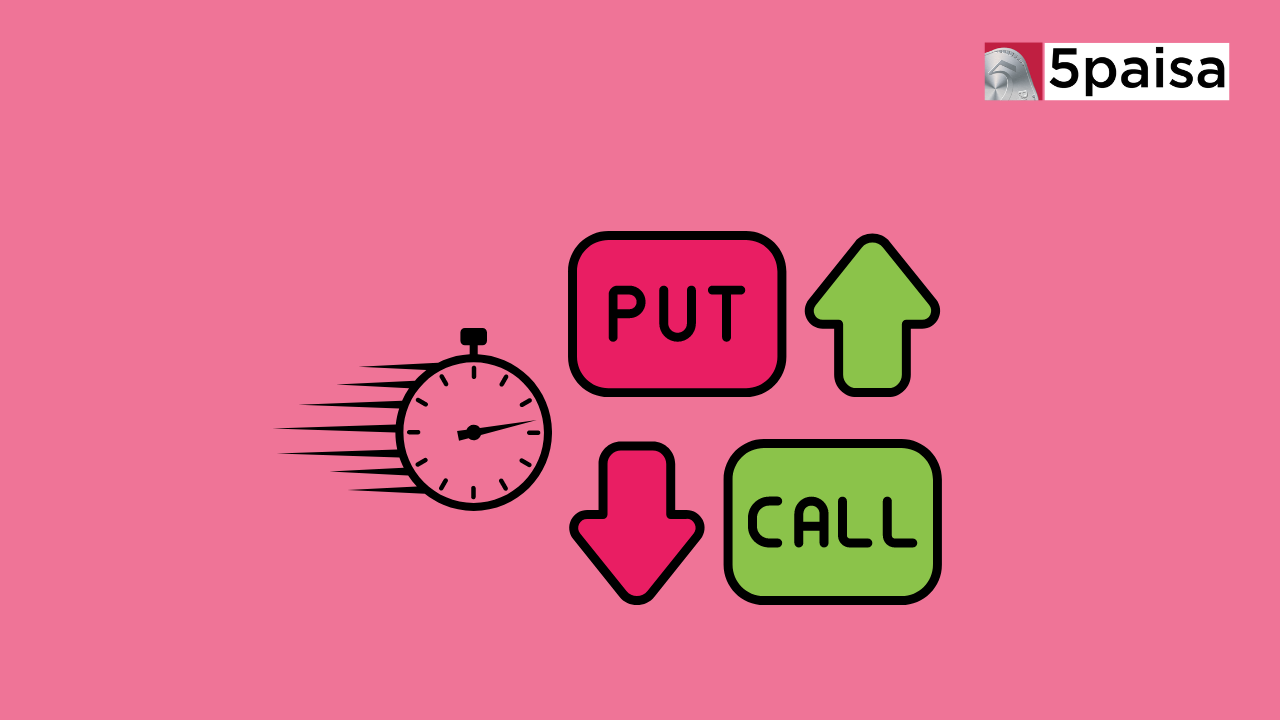Beginner’s Guide to Derivatives Trading with FnO 360
7 Factors Affecting Option Prices

Factors affecting option prices form the bedrock of understanding in the dynamic realm of financial markets. In the multifaceted landscape of options trading, these elements serve as the compass guiding investors through the ever-shifting currents of risk and reward. The valuation of options is not a static equation but a fluid interplay influenced by a spectrum of variables.
From the intrinsic qualities of the underlying asset to the external forces of time, interest rates, and volatility, comprehending the intricate web of these factors affecting stock option prices is essential for any trader seeking to navigate the complexities of options markets. Join us on a journey to unravel the intricacies encapsulated in factors affecting option prices and gain insights into the heartbeat of options trading.
Using Options for Directional Strategies
Options, versatile financial instruments, are powerful tools for implementing directional strategies in the dynamic trading world. Whether anticipating bullish trends with call options or capitalizing on bearish movements through put options, the flexibility of options allows traders to align their positions with market expectations.
These strategic plays offer the potential for significant returns and also provide risk mitigation through defined risk and reward profiles. Effectively leveraging options for directional strategies demands a nuanced understanding of market dynamics, option pricing, and the interplay of factors affecting option prices that influence the ultimate success of these strategic maneuvers.
7 Factors Affecting Option Prices
These factors affecting option prices stand as the guiding stars, shaping the dynamic valuation of options. Join us on a journey through these critical elements and delve into the interplay of market dynamics that define the world of options.
1. The Underlying Price
The Underlying Price is the cornerstone of option valuation. As the bedrock on which options derive their value, it mirrors the asset's market dynamics. Call options thrive in rising markets, gaining intrinsic value, while put options benefit in declining markets. Traders keenly analyze the underlying movements, strategically aligning positions with market expectations. The ebb and flow of the underlying price dictate profit potential, guiding investors in crafting precise options strategies.
2. The Strike Price
The strike price is a pivotal determinant shaping the option's profitability. It establishes the price at which the underlying asset must reach for the option to be lucrative. This strategic point of reference allows traders to fine-tune risk and reward profiles, selecting strike prices based on market predictions and risk tolerance. An astute choice of strike price amplifies potential gains or mitigates losses, offering a nuanced approach to capitalizing on market movements. The interplay between the chosen strike and underlying performance is critical to effective options trading.
3. Option Type
The Option Type, be it a call or put, introduces a strategic dimension to options trading. Call options grant the right to buy, flourishing in bullish markets, while put options provide the right to sell, thriving in bearish conditions. Understanding the dichotomy between these option types empowers traders to align positions with market expectations. A well-rounded strategy involves astutely selecting call or put options, leveraging their unique attributes to navigate diverse market scenarios. The choice between these two types is a fundamental decision that shapes the risk and reward dynamics of options trading.
4. Period Before Expiry
The Period Before Expiry introduces the element of time decay, a critical consideration in options trading. As options approach expiration, their value is intrinsically linked to the time remaining. Traders grapple with managing this temporal decay, recognizing its profound impact on option prices. The dynamic nature of time decay necessitates strategic decision-making, urging traders to optimize positions based on their timeframe. Whether engaging in short-term or long-term strategies, understanding and navigating the temporal dimension are integral to effective options trading, defining each position's risk and reward calculus.
5. Interest Rates
Interest rates wield substantial influence over option pricing, shaping the cost of carrying the underlying asset. Shifts in interest rates ripple through the options market, impacting their attractiveness relative to alternative investments. Traders keenly monitor interest rate trends, recognizing their potential to alter option values and, consequently, strategy effectiveness. The relationship between interest rates and option prices is intricate, requiring a nuanced understanding to make informed decisions. As a pivotal factor in the options landscape, interest rates are defined in determining various strategies' risk and reward profiles.
6. Dividends
Dividends inject a unique dynamic into option pricing, particularly for stocks issuing dividends. Ex-dividend dates trigger potential adjustments, impacting option values, especially for call options. Traders must strategically navigate these dividend-related fluctuations, considering the timing and quantum of dividend payments. Crafting options strategies around dividend schedules demands a delicate balance between risk and reward, acknowledging dividends' role in influencing market perceptions. As dividends contribute to overall returns, understanding their implications on option prices is fundamental for traders seeking to optimize their positions in dividend-paying stocks.
7. Volatility
Volatility is a crucial factor that affects option prices, showcasing the ups and downs in market movements. When volatility is high, it leads to higher option premiums, creating chances for traders to benefit from price swings. The ability to grasp and predict volatility levels is essential for forming successful options trading strategies. Traders look for markets with many ups and downs, tweaking their approaches to match current market conditions. The constant changes in volatility impact option prices and highlight the ever-changing nature of financial markets. This calls for adaptable strategies that use volatility to influence potential gains and risks.
Successfully navigating options trading requires a comprehensive understanding of these factors affecting option prices and their dynamic interactions. Traders and investors must stay informed, adapt to changing market conditions, and employ strategies that align with their outlook and risk tolerance. By considering these factors affecting stock option prices, market participants can enhance their decision-making processes, manage risk effectively, and increase the probability of achieving favorable outcomes in the complex world of options trading.
- Margin Plus
- FnO360
- Rich Data
- Derivatives Strategies
Trending on 5paisa
Futures and Options Related Articles
Disclaimer: Investment in securities market are subject to market risks, read all the related documents carefully before investing. For detailed disclaimer please Click here.

 5paisa Research Team
5paisa Research Team
 5paisa Research Team
5paisa Research Team
 Sachin Gupta
Sachin Gupta




